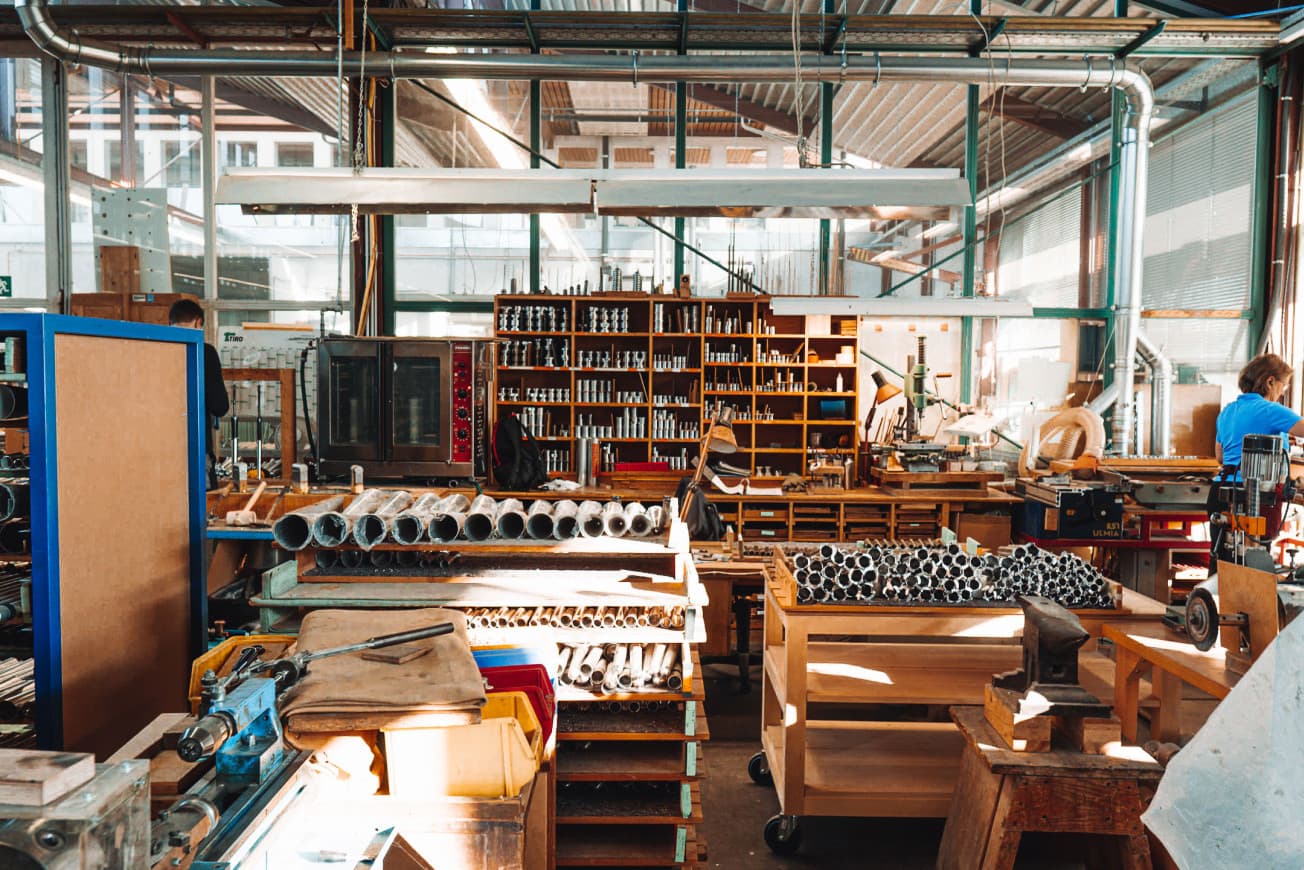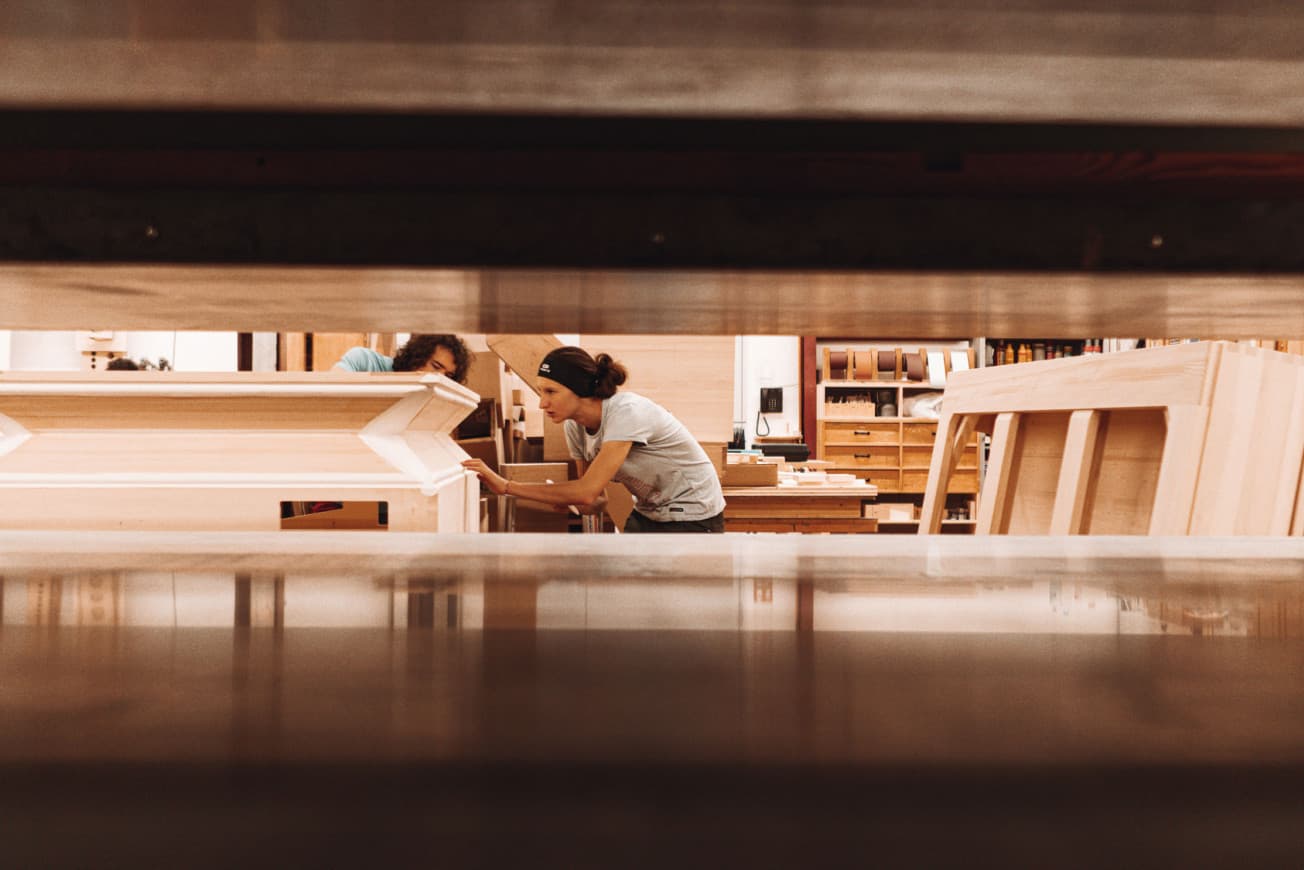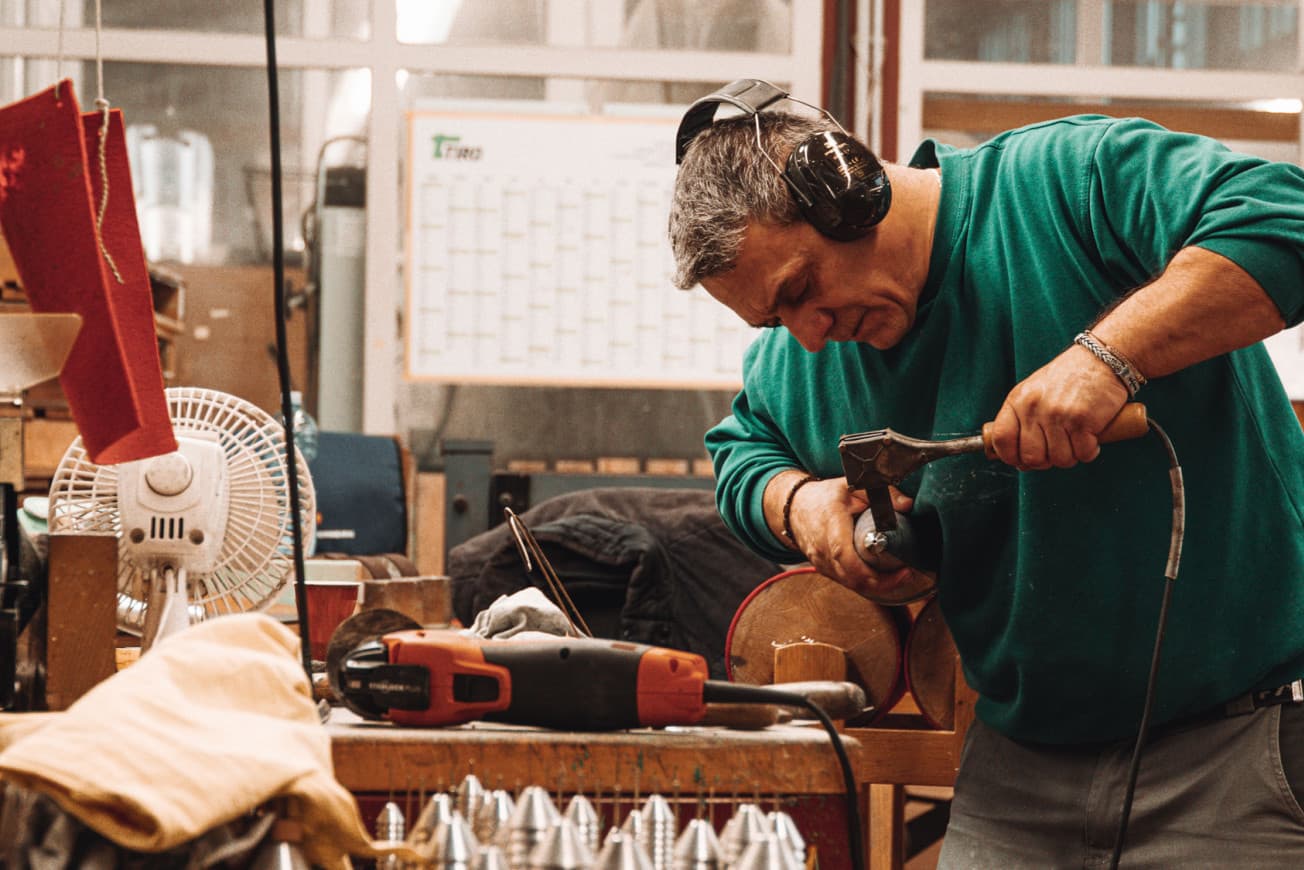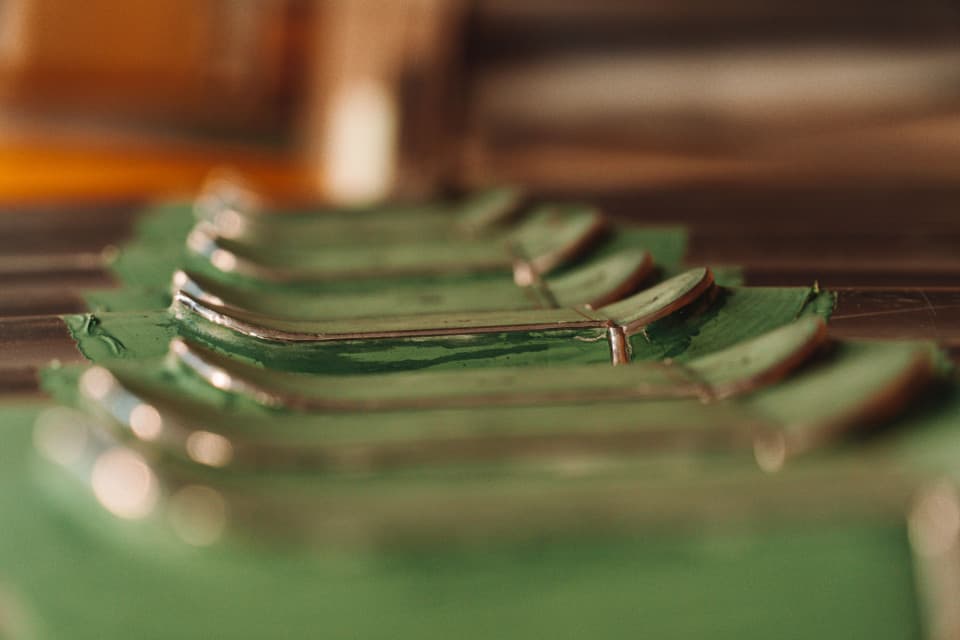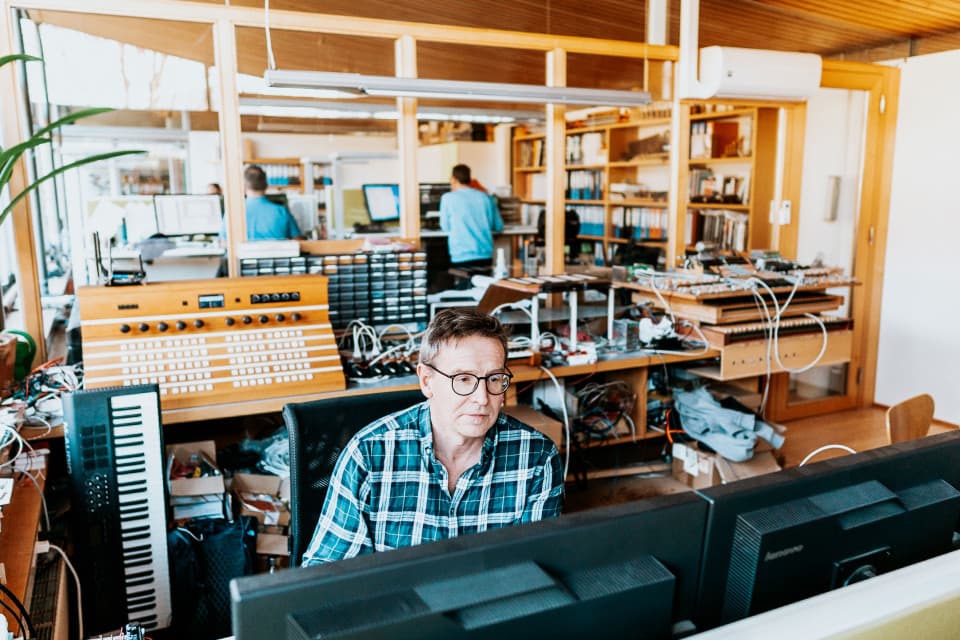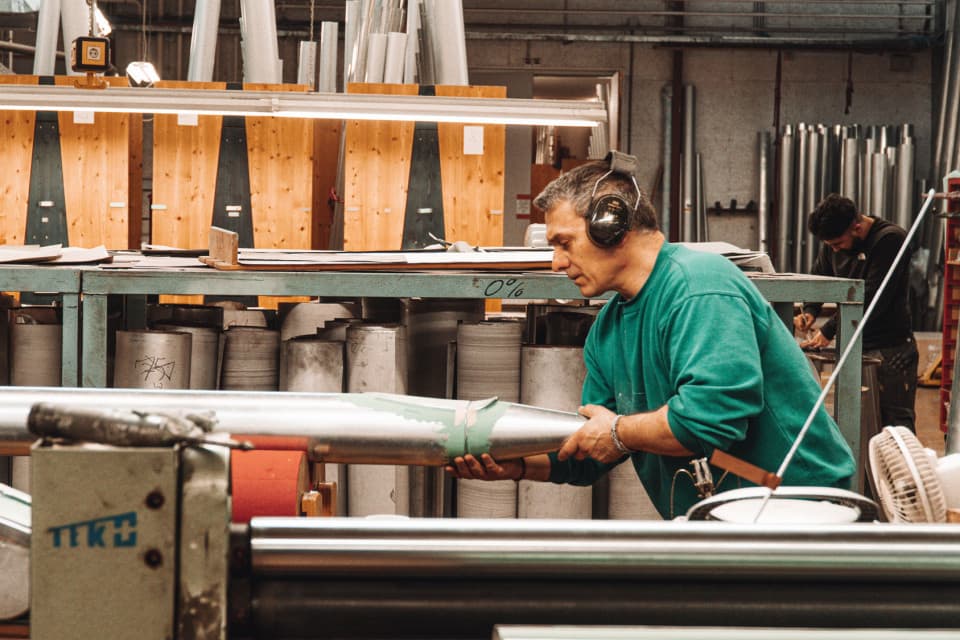Expertise
Rieger Orgelbau maintains its own restoration department, which devotes great respect to the organ construction methods of bygone eras. Our restorers cover a wide range of activities, including overhauling, repairing, rebuilding or even reconstructing historical instruments.
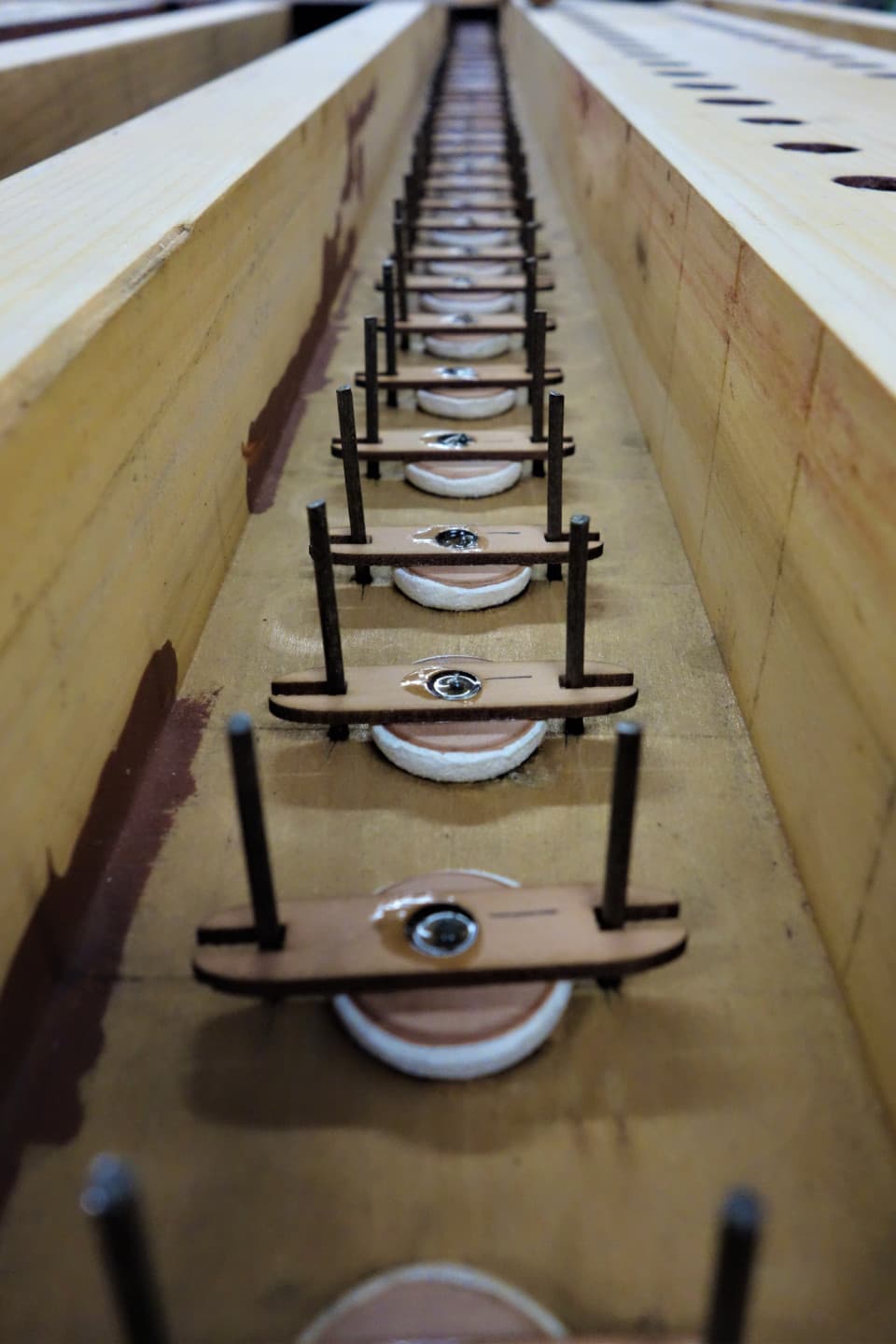
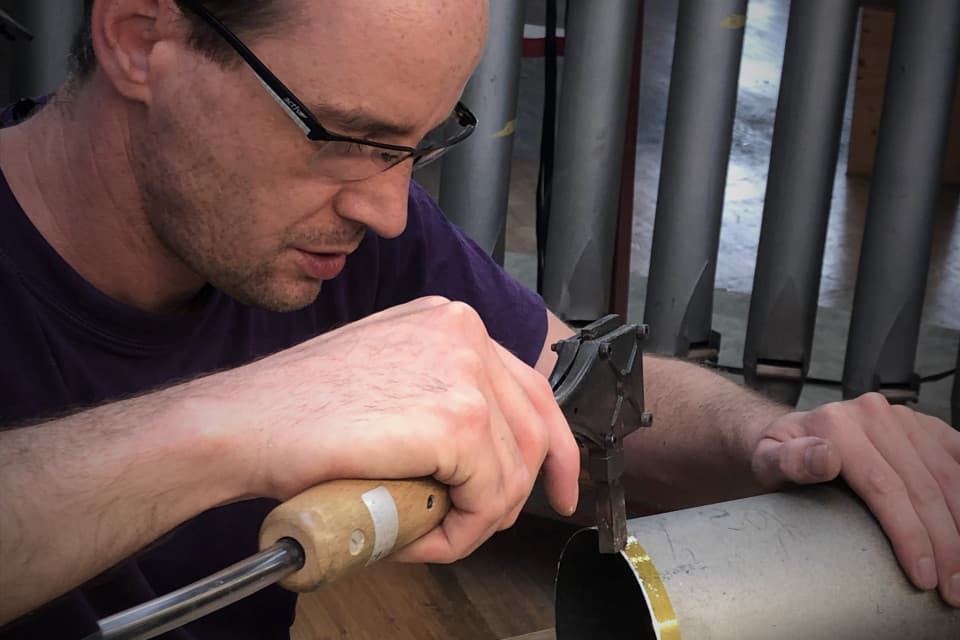
Experience
At Rieger Orgelbau we are in the fortunate position of being able to combine the expertise in the new organ department with that in the restoration department. We regularly make use of this valuable synergy together with the advantage of producing all the components of an organ in-house.
In this way, we are ourselves able to undertake every production step of making replicas of historical organs, e.g. when reconstructing historical stops with special designs or alloys.
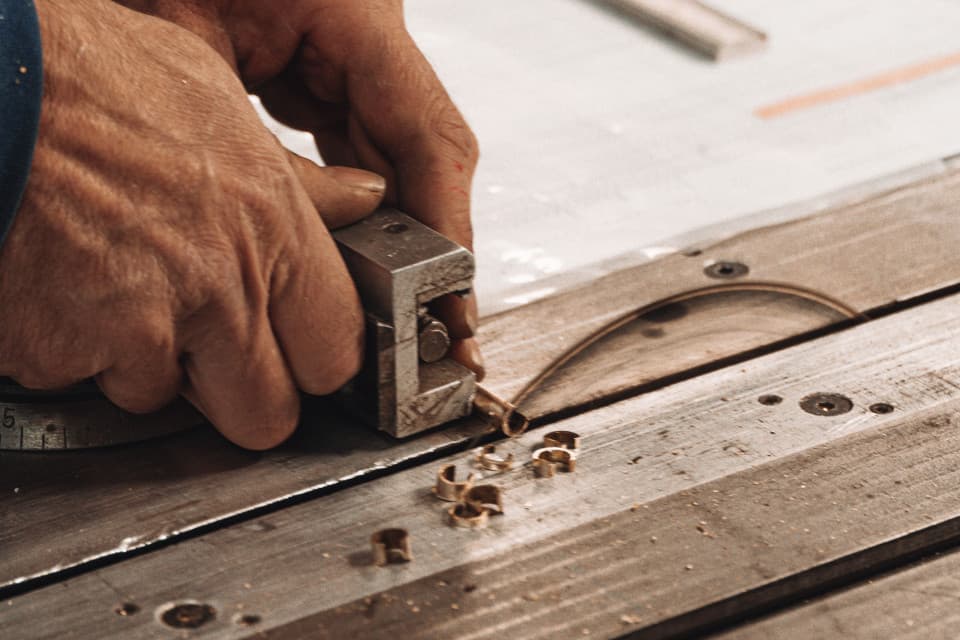
Only those who have respect for the past can shape the future.
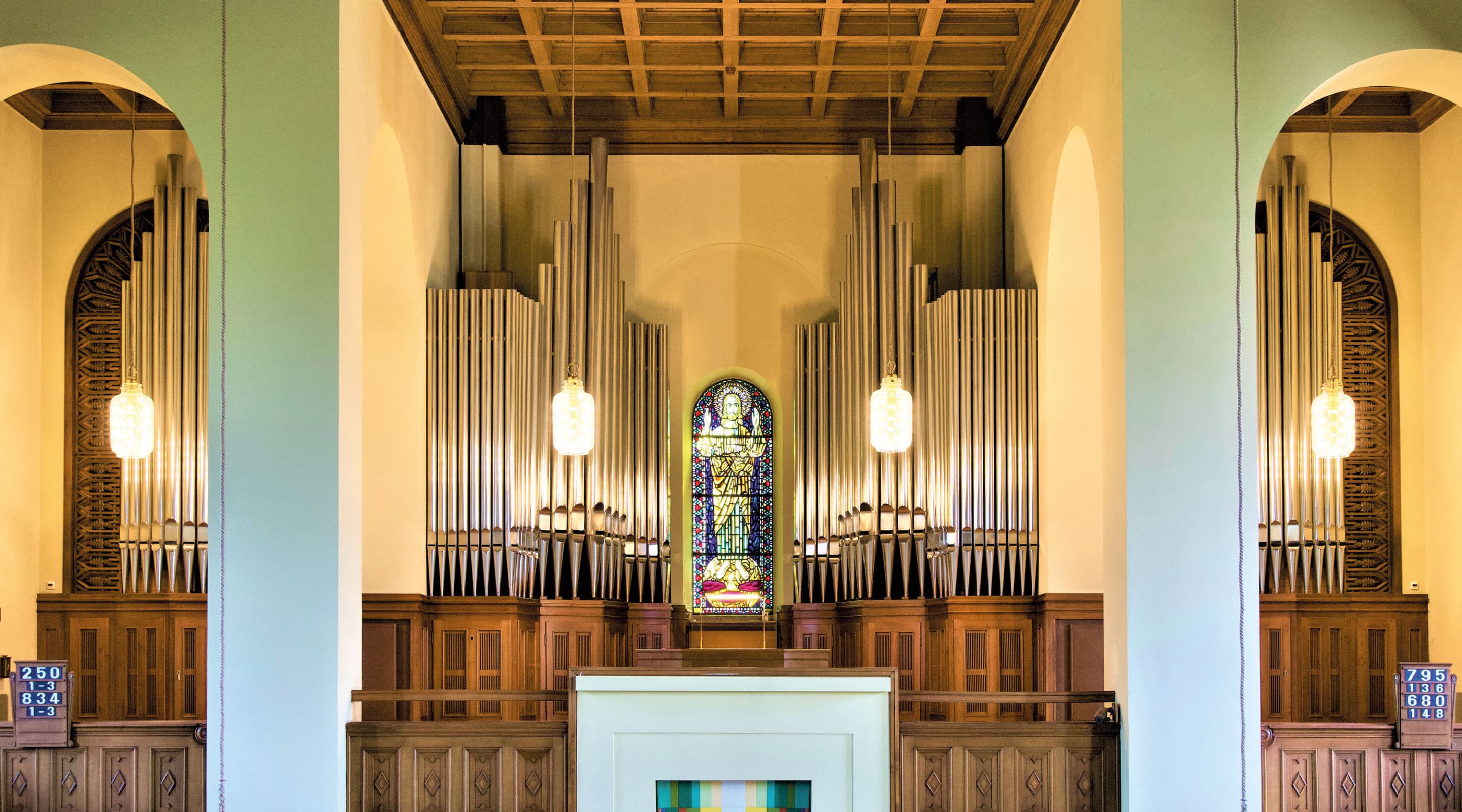
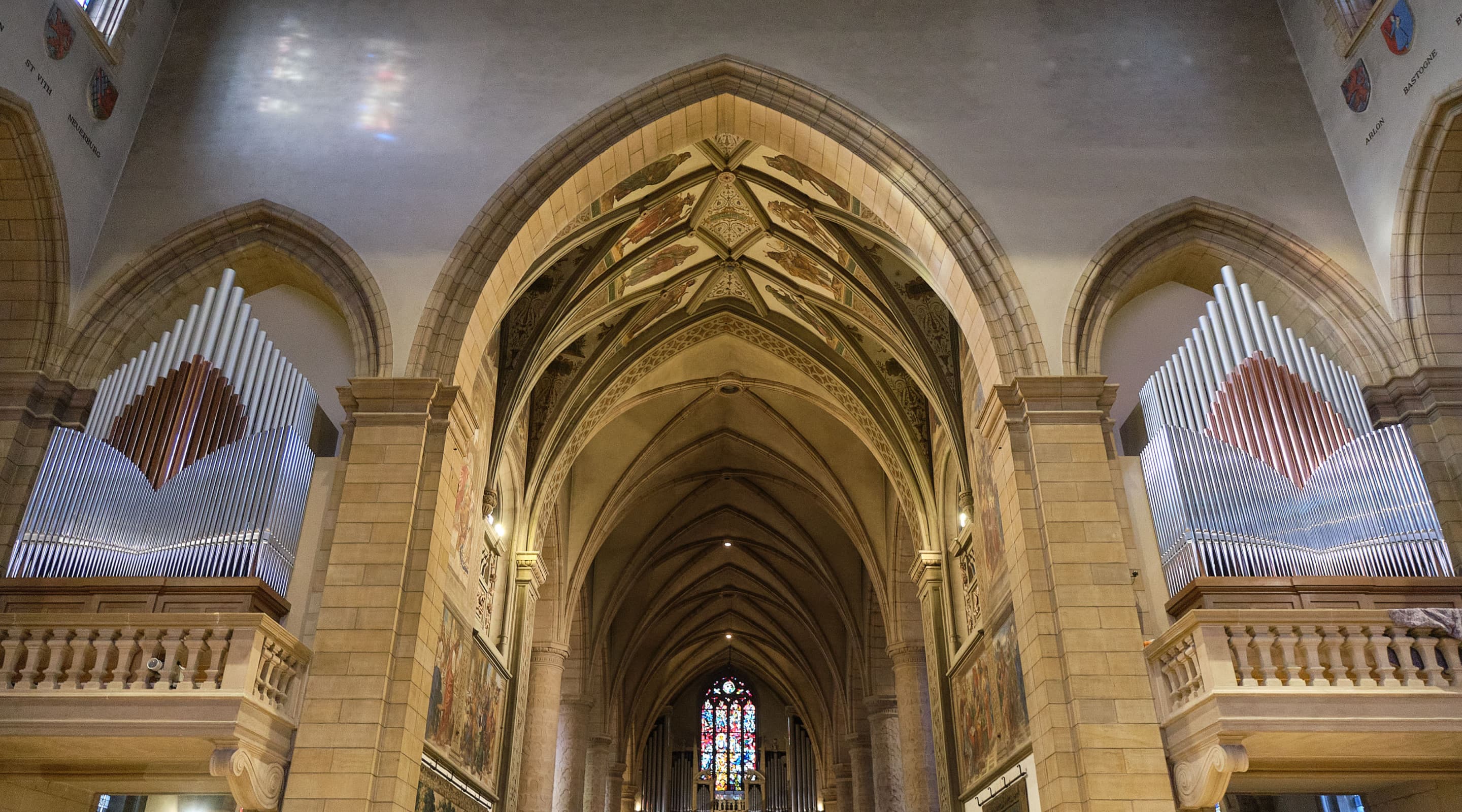
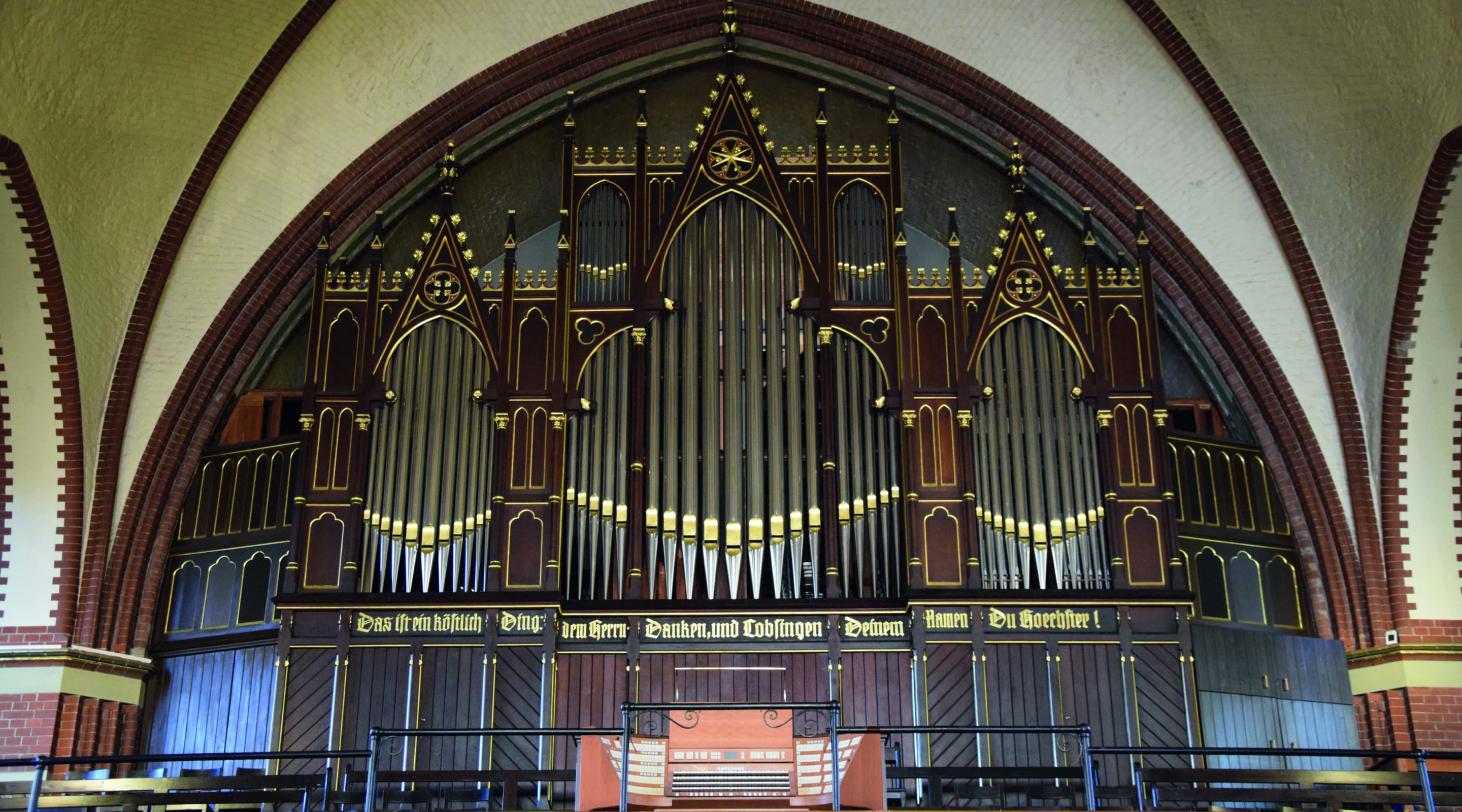
Bad Ischl Imperial Jubilee Organ (AT)
The restoration of the so-called "Imperial Jubilee Orgen" in the parish church of St. Nikolaus was completed at the end of 2023, just in time for the region and the town of Bad Ischl to be named European Capital of Culture. The instrument by Matthäuas Mauracher from 1887/88 was played several times by Anton Bruckner. In 1910, the organ was rebuilt and extended - precisely on the occasion of the birthday of the Austrian Emperor, who often stayed in Bad Ischl, which is why the church was also named the court church.
During the current restoration, the famous Echo Organ in the choir loft, once the first Echo Organ in Austria, was also restored.
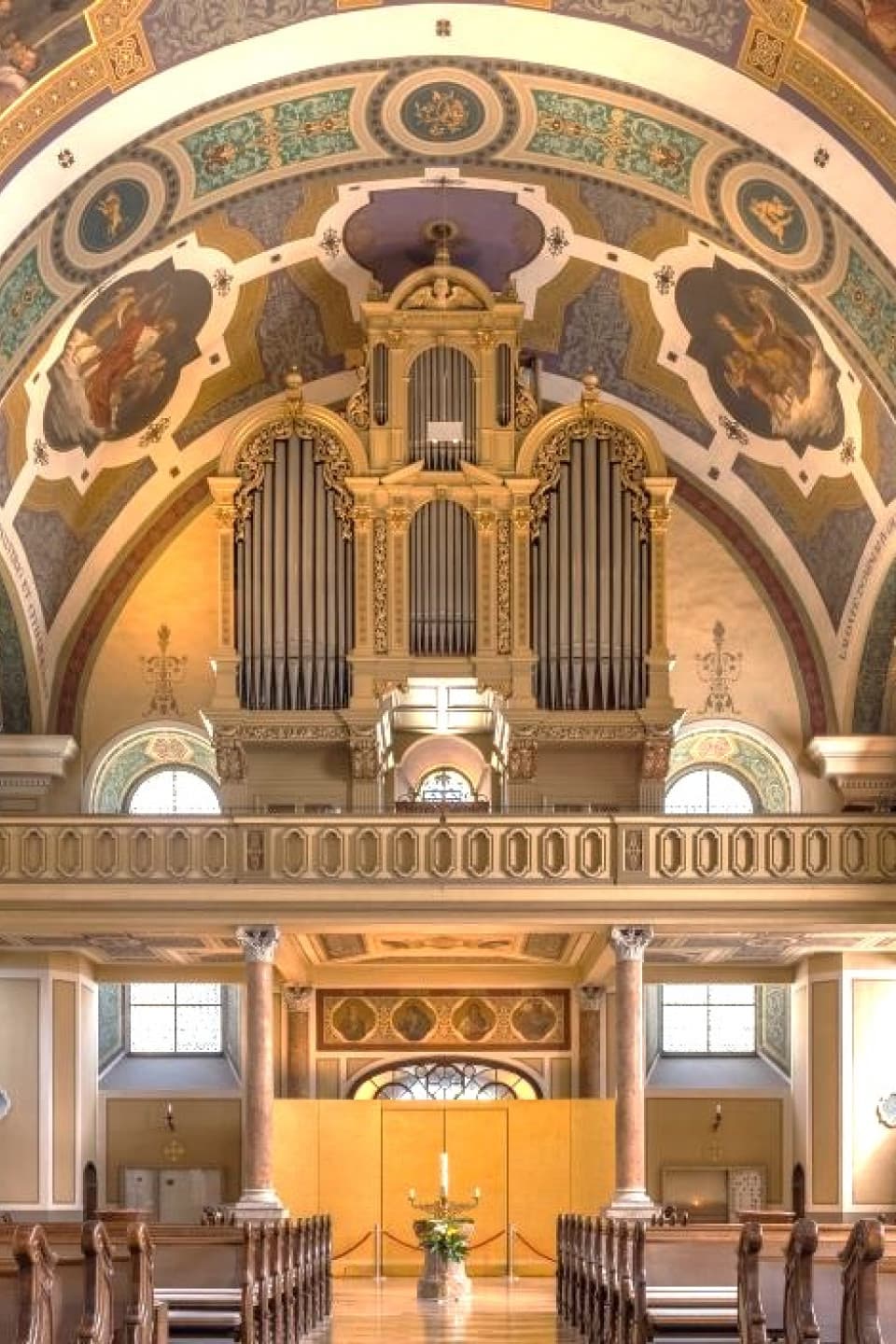
Matthäus Mauracher, 1887/1910
Auenkirche, Berlin (DE)
After almost a year of restoration in our workshop, the Furtwängler & Hammer organ was reinstalled on site in the Auenkirche in the Wilmersdorf district of Berlin in the spring of 2023 and inaugurated on Reformation Day. The instrument has 85 stops on four manuals and pedals. The organ was built in 1897 and expanded and modified in 1924, 1961 and 2001. Our restoration workshop largely restored the organ to its original condition, with some stops that were added later being preserved as part of the organ’s historically “evolved condition”.
We were able to preserve the entire historical structure and renew the electro-pneumatic systems, overhaul the wind chests, seal the wind trunks and reverse changes to several registers. The entire pipework was repaired, note by note, damage corrected, and stops returned to their original tonal condition.
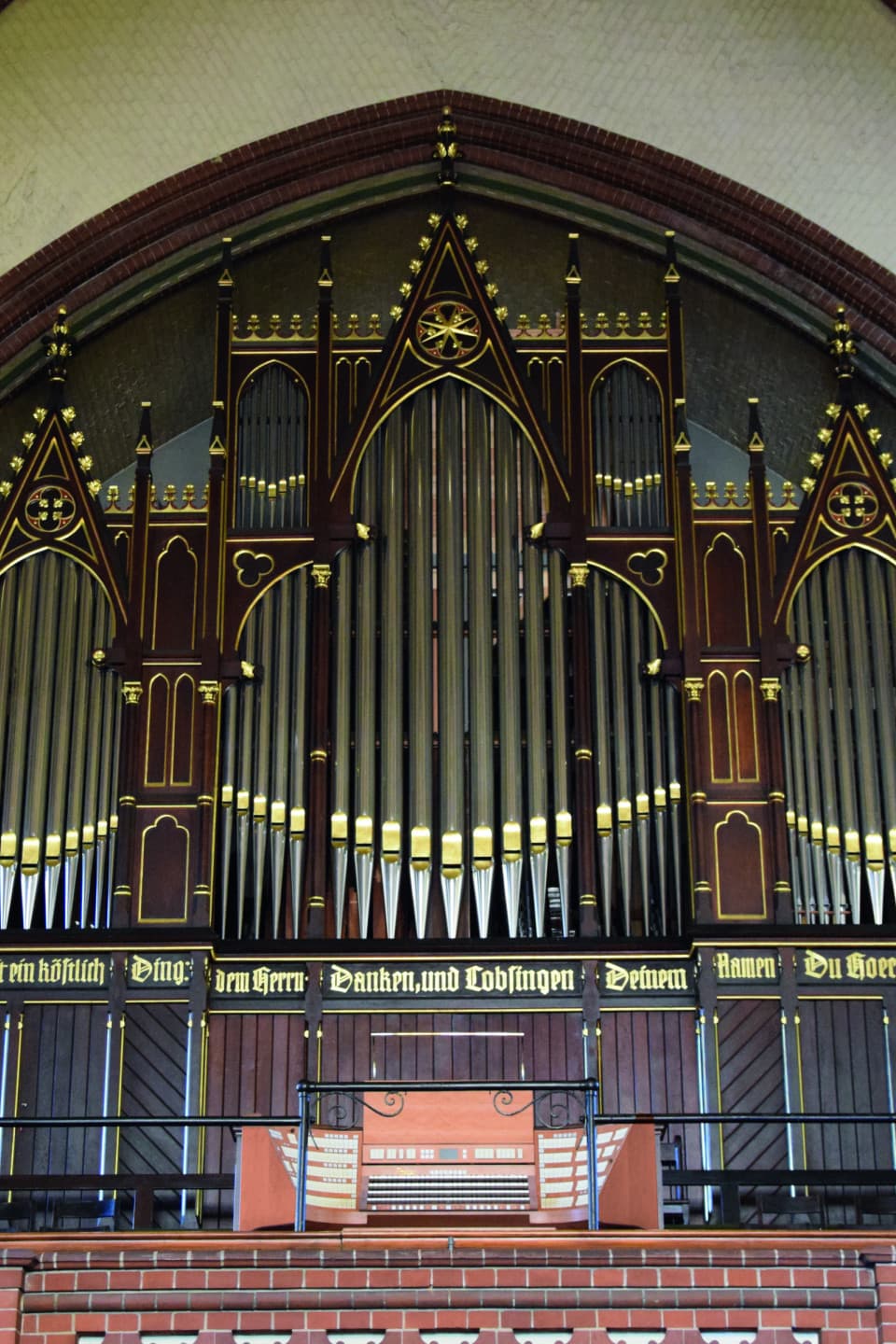
FURTWÄNGLER & HAMMER (1898)
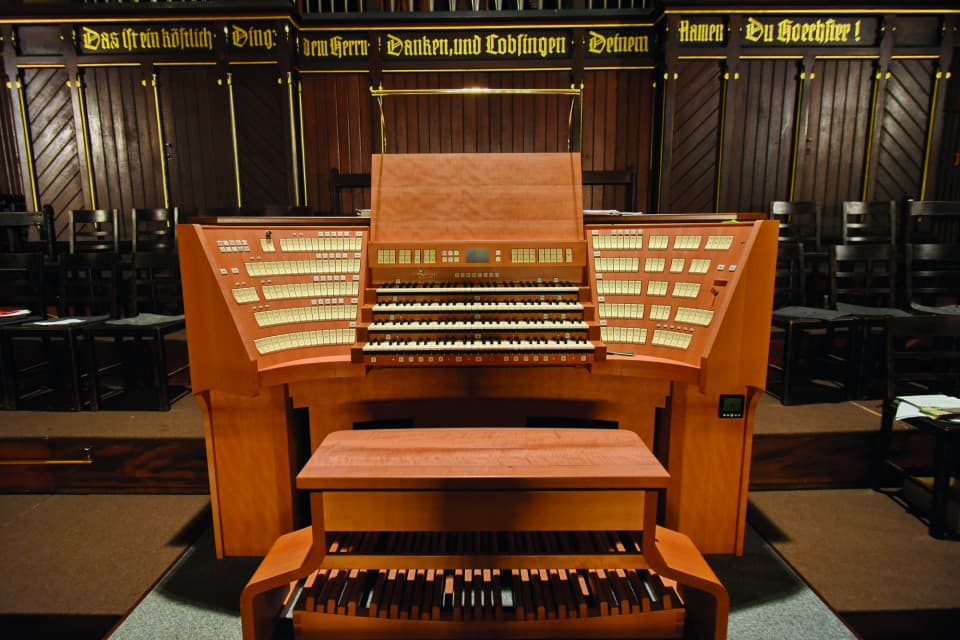
Cathedral of Our Lady, Luxembourg (LU)
The cathedral organ, built in 1938 by Georges Haupt, with its rich German-romantic tonal potential, was restored tonally by our workshop in 2021/22 and many technical parts completely rebuilt. To ensure better accessibility, and in keeping with the style of the time, we used the Rieger membrane windchests that we had developed previously. We also reconstructed several stops that had been removed over the past decades. The new compilation followed historic examples.
We also added another positive division on the northern balcony and a second console, which replicates the gallery console as far as the stop tabs and manuals are concerned, but has a modern and innovative case design.
Since November 2022, the organ has radiated a round and warm brilliance; it now has 100 stops on 4 manuals and pedals.
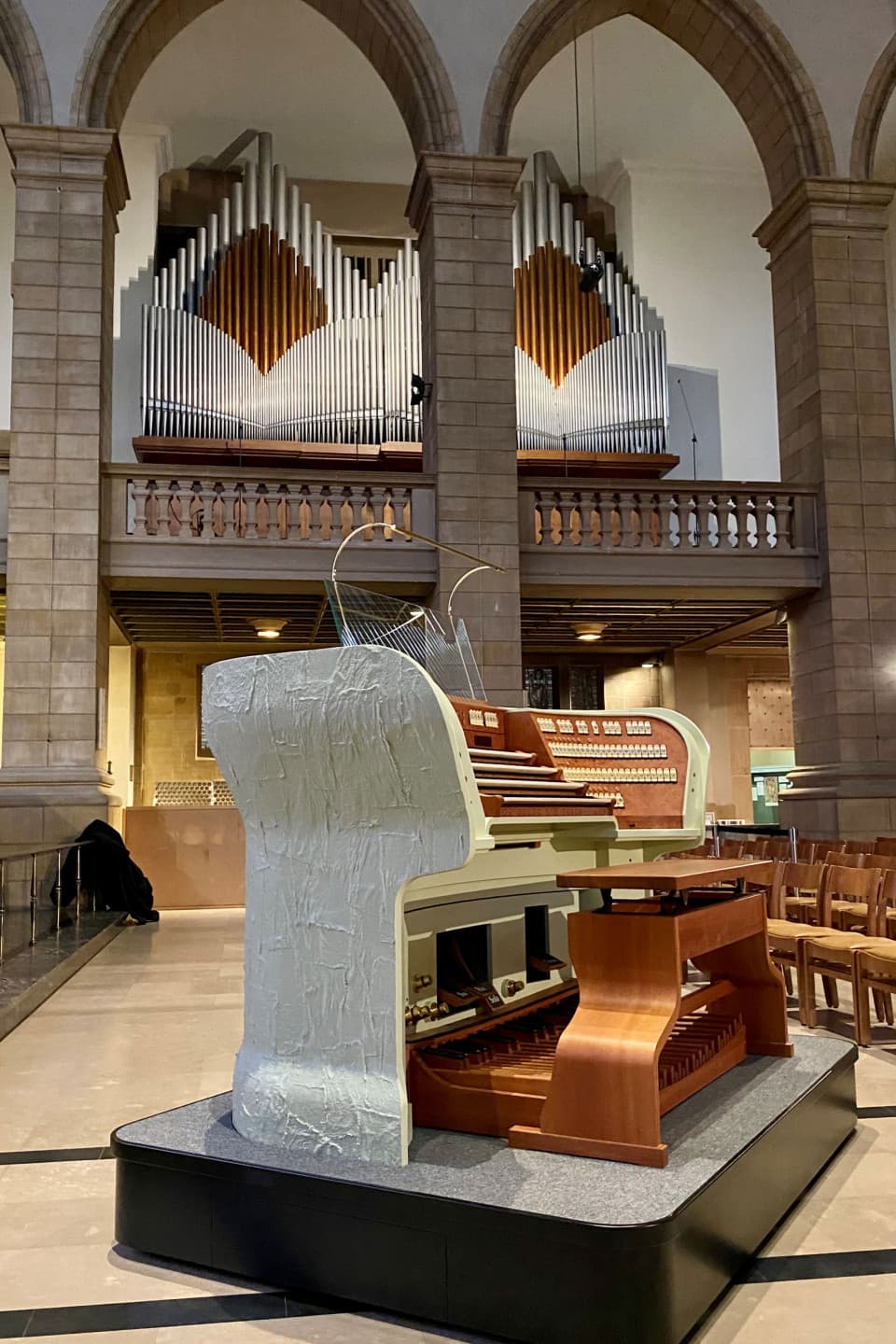
GEORGES HAUPT (1938)
Parish Church of St. George, Lauterach (AT)
The newly built church of 1878/79 received a new organ in 1883, for which the Schwarzach organ builder, Anton Behmann, was commissioned. He built an instrument with a mechanical cone chest and 20 stops on 2 manuals and pedals. In 1913, the organ's action was converted to pneumatic and over the following decades technical and tonal changes were made several times, most recently in 1986.
With the restoration, Rieger Orgelbau returned the organ to its 1986 condition, during which the console was moved to its original position in the middle in front of the facade, the pneumatic system was overhauled and the bellows system reconstructed. The specification of the registers was also returned to the original. Since our successfully completed restoration, the organ in the Lauterach parish church has once again become one of the outstanding tonal monuments of the Rhine Valley in Vorarlberg.
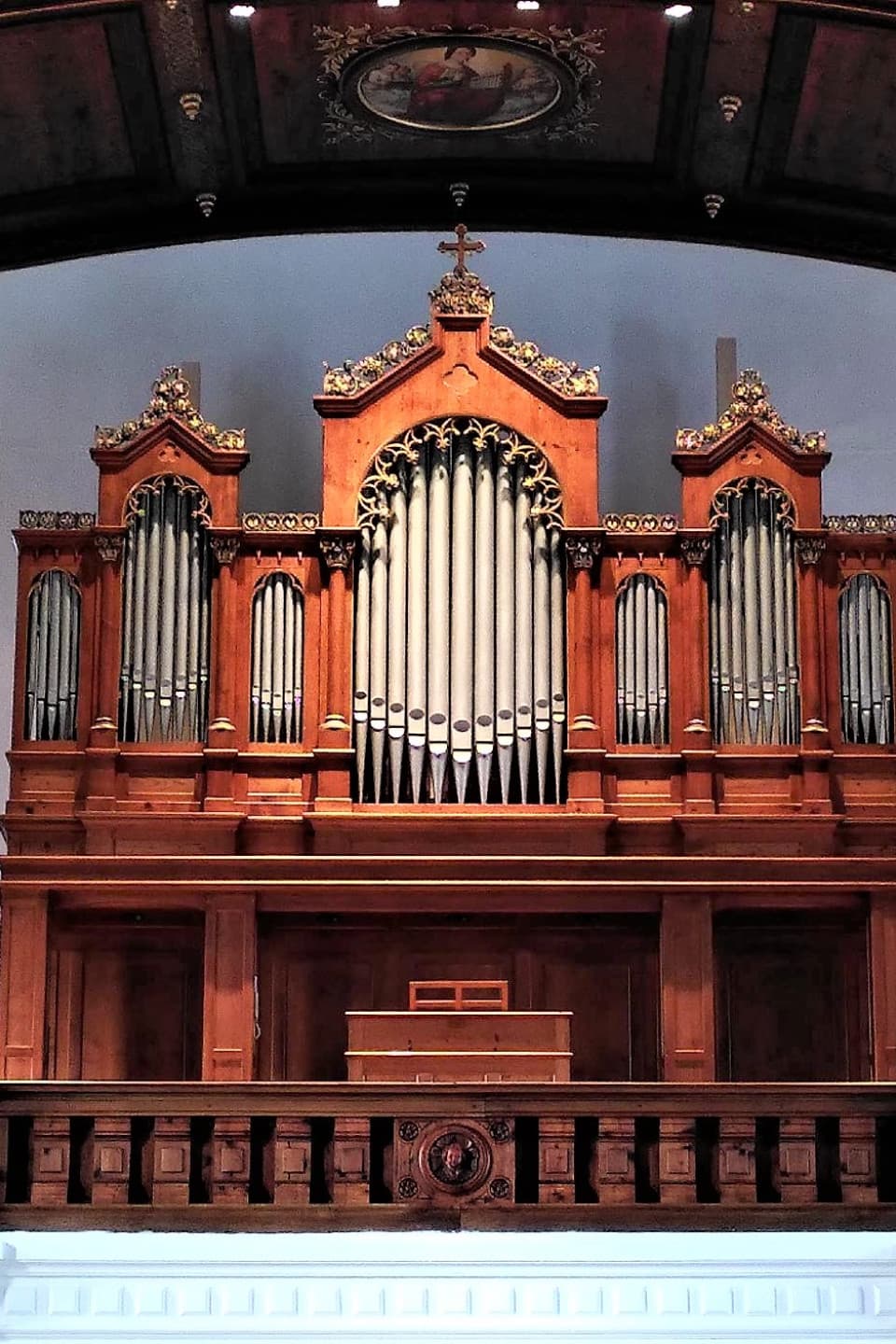
ANTON BEHMANN (1883)
Vasa Church, Gothenburg (S)
The famous Vasa Church in the university district in Gothenburg was built by Yngve Rasmussen in the neo-Romanesque style with Art Nouveau elements. The Eskil Lundén organ has been renovated and rebuilt several times over the past hundred years, including the addition of a Rückpositiv and a four-manual console.
Rieger removed all later additions, restored the original sound and extended the instrument with a new console, the design of which is based on the historical model.
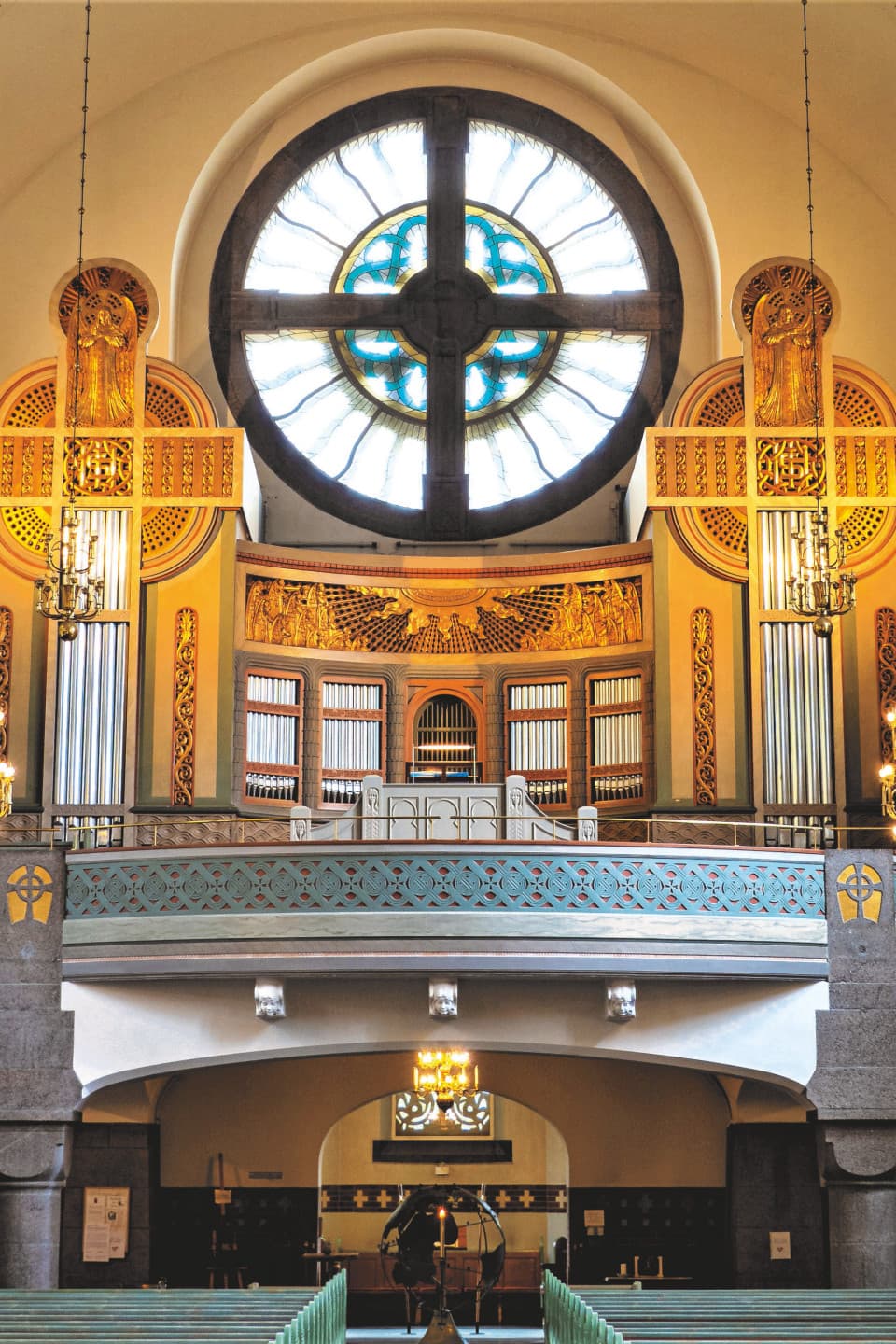
Eskil Lundén (1909)
Heart of Jesus, Bregenz (A)
In 2019, Rieger Orgelbau renovated the historic Behmann organ in the Herz Jesu parish church in Bregenz and repaired it according to its original state. The entire pneumatic action system was made usable again. In addition, the sound was largely restored to its original form.
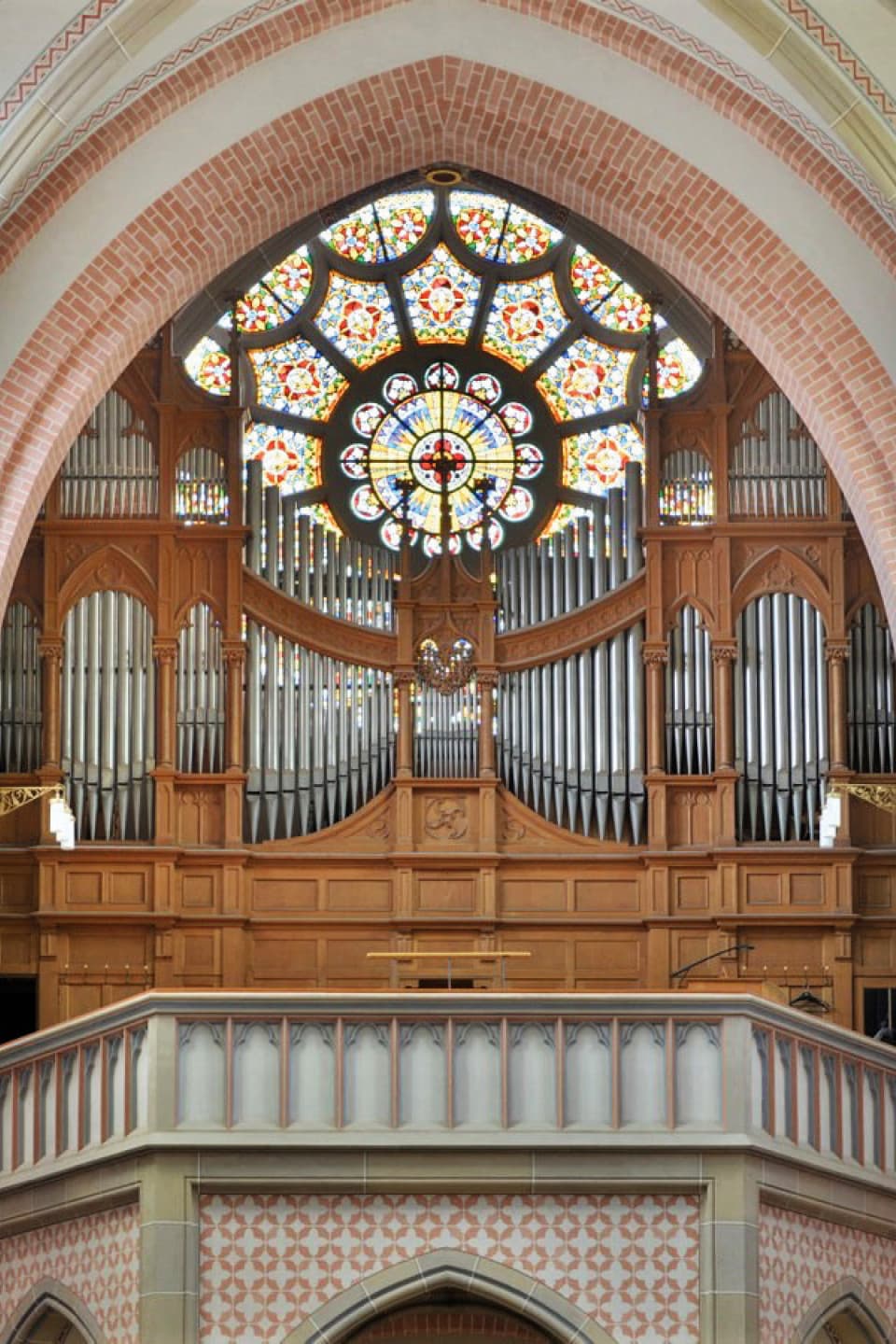
Josef Behmann (1931)
Catholic Church, Romanshorn (CH)
The organ built by Kuhn (1913) and Orgelbau Cäcilia Luzern (1951) was completely overhauled by Rieger Orgelbau in 2018, partially restored and provided with a new three-manual console. The instrument has 54 stops (plus 3 transmissions and 2 extensions).
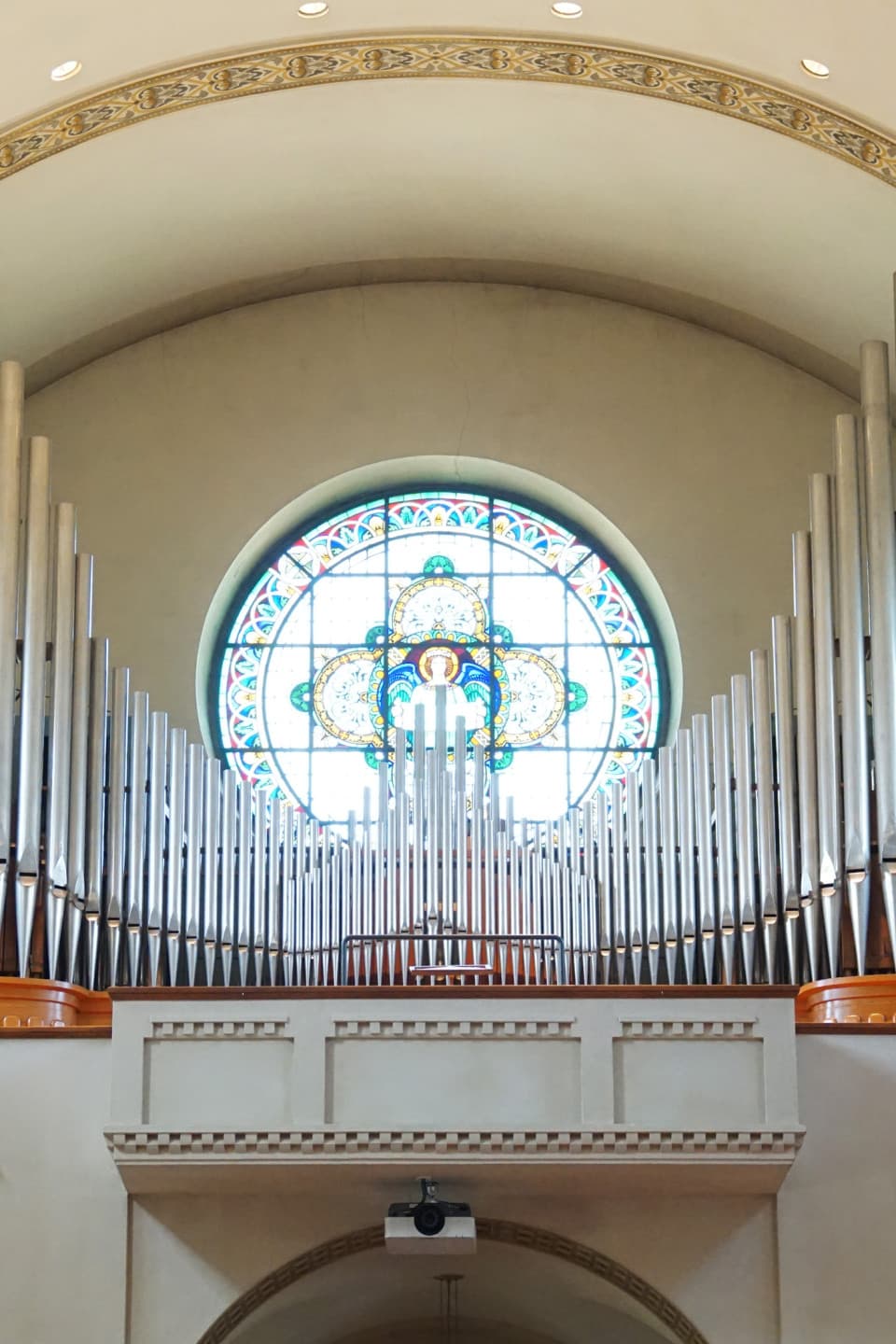
Kuhn-Frey (1951)
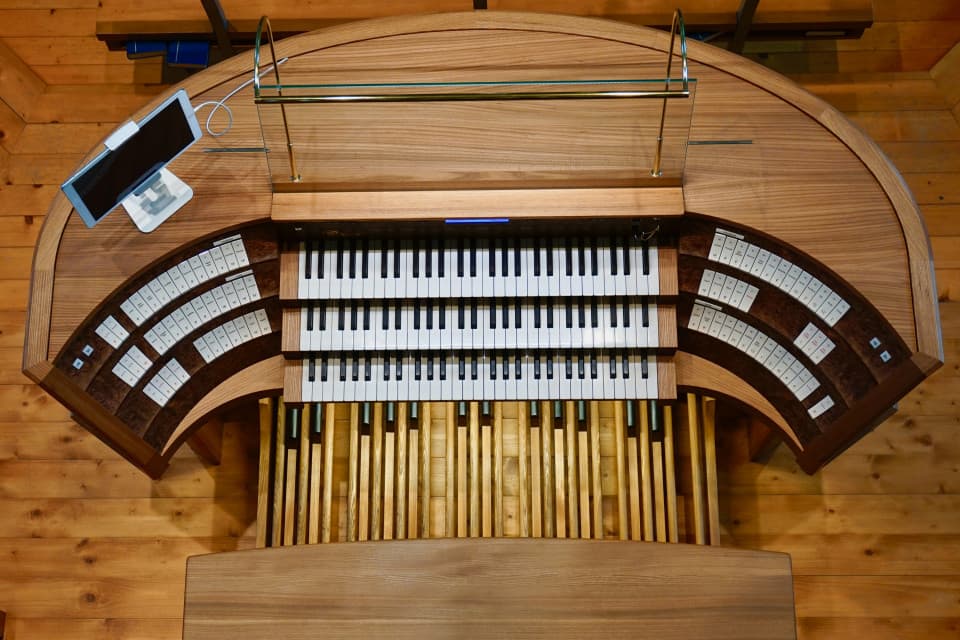
TCHAIKOVSKY CONSERVATOIRE MOSCOW (RU)
Aristide Cavaillé-Coll experienced the organ in his workshop, but unfortunately did not live to attend the inauguration in Moscow in 1901, at which Charles Marie Widor personally played the opening concert.
It was Peter I. Tchaikovsky who proposed the commissioning of the Parisian firm, Cavaillé-Coll, for the organ of the Moscow Conservatoire.
In 2016, Rieger restored the instrument's entire technical systems, using historical models, and restored both the key and stop actions on the basis of heritage conservation principles.
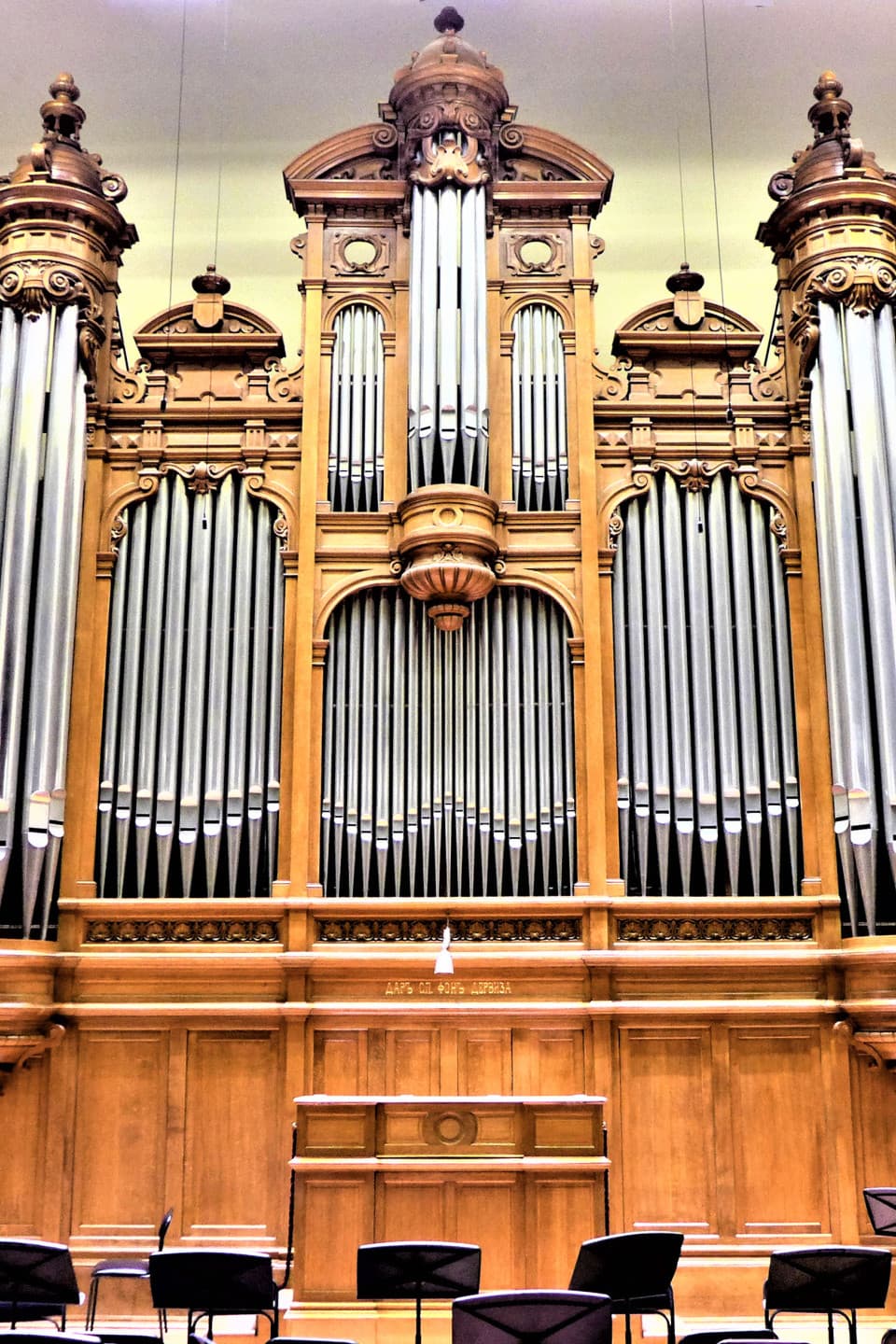
A. Cavaillé-Coll (1901)
PARISH CHURCH OF ST. JOSEF, KUFSTEIN-SPARCHEN (A)
This instrument is an historic Rieger organ from 1902 with 10 registers on two manuals and pedals, which was sold to the Franciscan Father Hartmann in Rome as Opus 919 and, after his death, came to Kufstein via several detours.
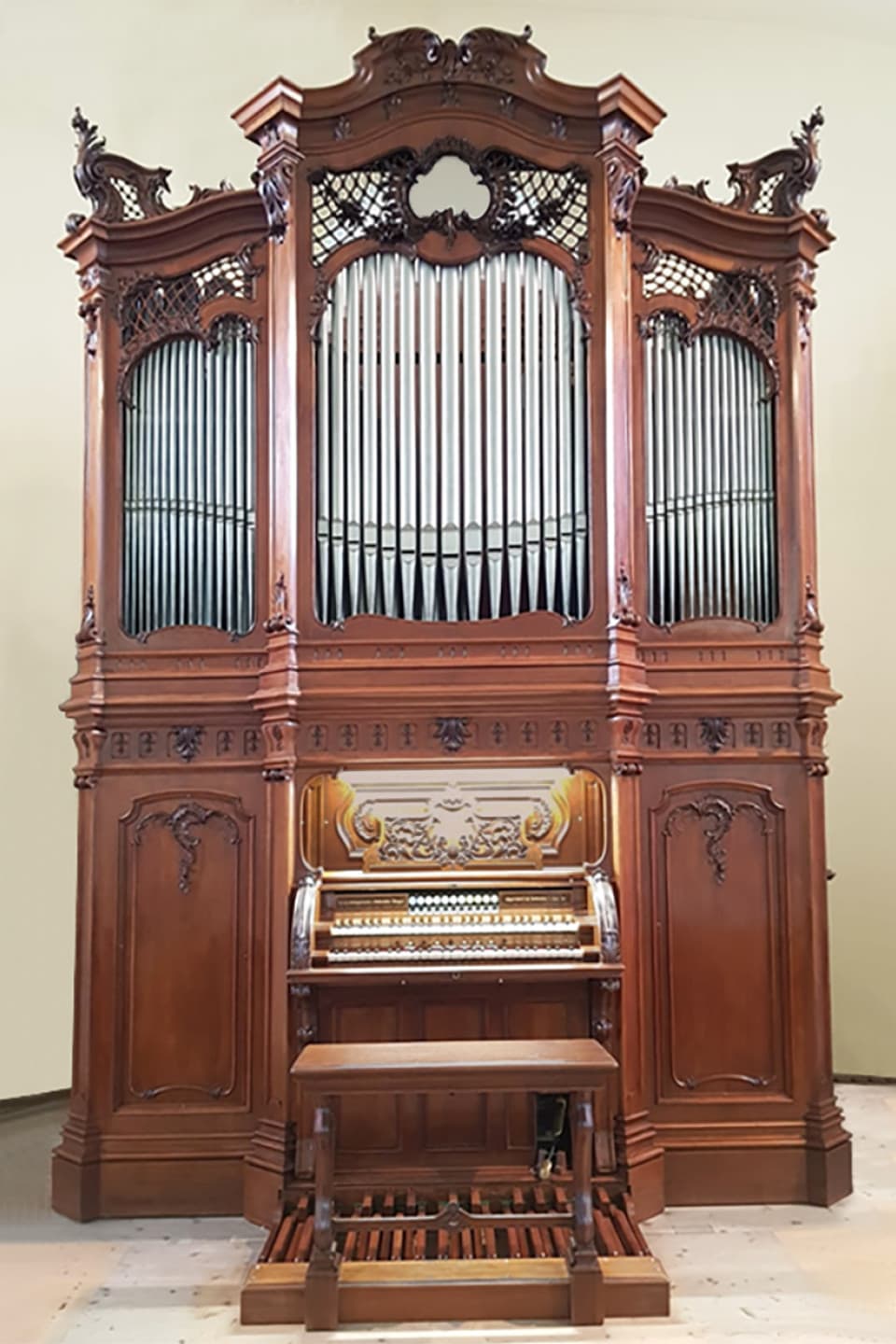
Gebr. Rieger (1902)
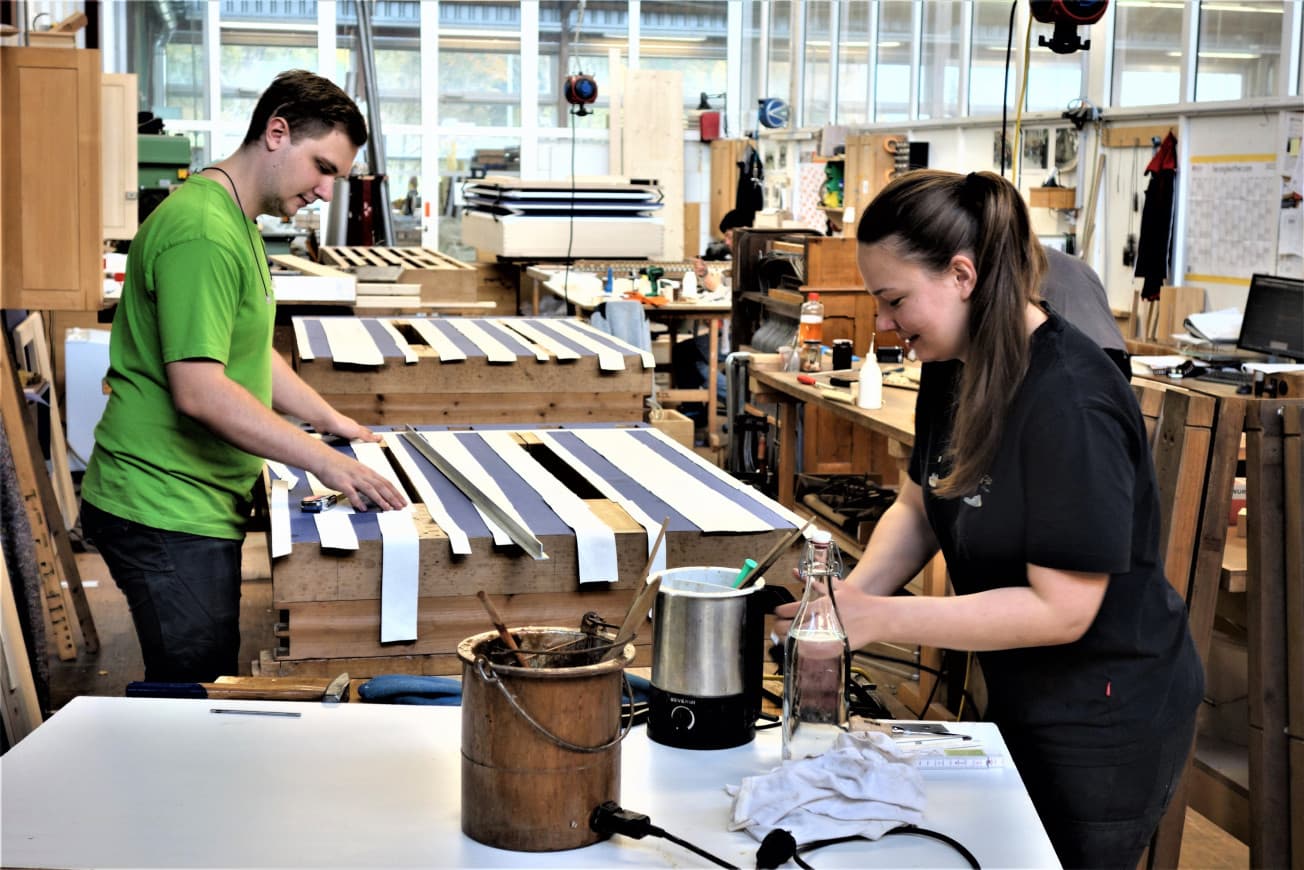
Working with Rieger
Rieger developments set the standard in organ building worldwide.
